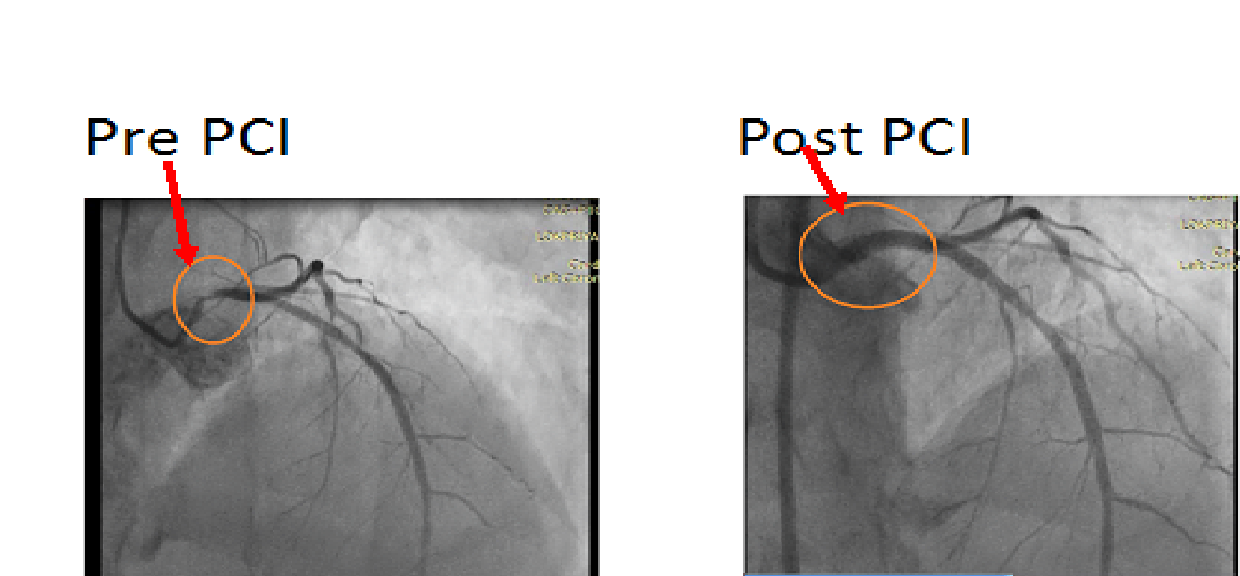CASE20210729_005
Primary Angioplasty of Left Main with Cardiogenic Shock & Pulmonary Edema with IABP Support
By
Presenter
Hariom Tyagi
Authors
1
Affiliation
, India1
High-Risk Intervention (diabetes, heart failure, renal failure, shock, etc) - High-Risk Intervention
Primary Angioplasty of Left Main with Cardiogenic Shock & Pulmonary Edema with IABP Support
1
, India1
Clinical Information
Patient initials or Identifier Number
LK
Relevant Clinical History and Physical Exam
This 45 year old gentleman- a known case of old AWMI (post PTCA to LAD in 2011) presented to us with severe retrosternal chest pain & dyspnoea a/w sweating for last 3 hours. The patient was in Killip Class IV with cardiogenic shock and recurrent VT.
Relevant Test Results Prior to Catheterization
Coronary angiography suggested critical LM stenosis with significant ISR of LAD stent in proximal part.


Relevant Catheterization Findings
Patient was put on Intra-aortic balloon pump. JL 3.5- 7F guiding catheter was engaged in left cusp near LM ostium. After crossing the lesion & serial predilatation with semicompliant balloons, 4.0x 23 Xience Prime DES was implanted from LM to LAD covering the ISR segment. Post dilatation with proximal optimization was done using 4.5x 8 mm NC sprinter balloon.


Interventional Management
Procedural Step
Patient was put on Intra-aortic balloon pump. JL 3.5- 7F guiding catheter was engaged in left cusp near LM ostium. After crossing the lesion & serial predilatation with semicompliant balloons, 4.0x 23 Xience Prime DES was implanted from LM to LAD covering the ISR segment. Post dilatation with proximal optimization was done using 4.5x 8 mm NC sprinter balloon. During hospital stay- inotropic support was gradually tapered & IABP was removed on day 4. The patient remained stable and was discharged on day 6. This case shows the importance of primary angioplasty of the Left Main in such critically ill cases where emergency CABG is not practically feasible.
 Primary Angioplasty of Left Main with Cardiogenic shock INDIA LIVE 2020.pptx
Primary Angioplasty of Left Main with Cardiogenic shock INDIA LIVE 2020.pptx
Case Summary
Percutaneous intervention with stent implantation for LMCA disease has become a standard procedure in contemporary practice with safety, expedited recovery, and durability. Precise selection of the strategy aided by intracoronary imaging, functional evaluation, and mechanical support when needed have improved the immediate and long-term results in this high-risk intervention. It is however important to have a team approach and operator expertise before embarking on LMCA interventions.
